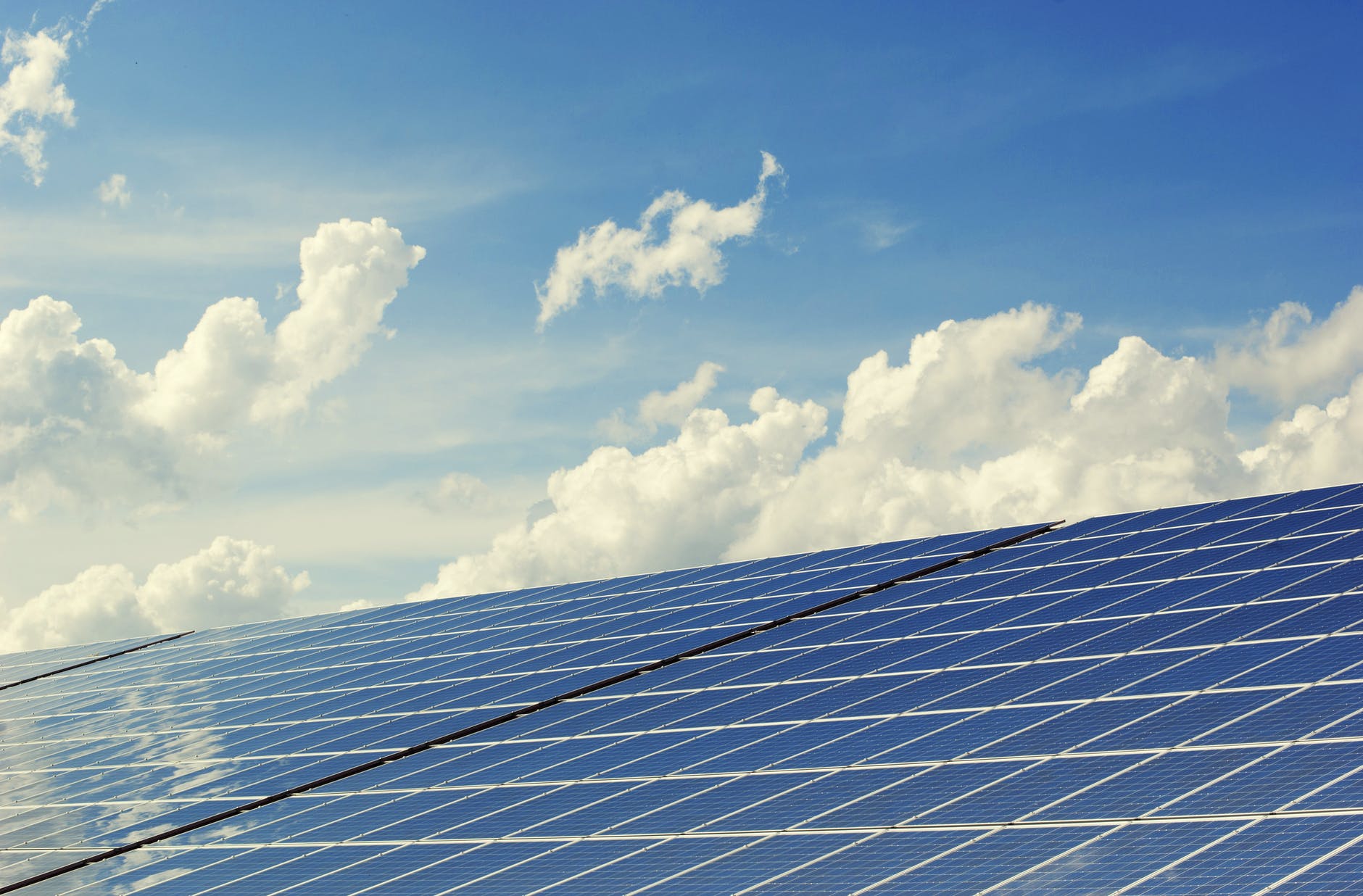Net-Zero by 2070: How is India decarbonising its energy production?

By Rob Hunt, Account Executive
On the very first day of COP 26, Indian Prime Minister Narendra Modi made headlines with the first big promise of the climate change summit. Modi pledged that India would reach a state of net-zero carbon emissions by the year 2070 – some 20 years after the aim of the UK.
The reactions to this announcement have been mixed. While this commitment has been downplayed by some as too little coming too late, the fact that one of the world’s largest CO2 emitters had pledged anything has to be seen as a step in the right direction. India joins the group of 140 countries (who are responsible for around 90% of global emissions) who have pledged some kind of net-zero target. The gauntlet has been thrown down, but how will India reach their target?
Renewable revolution well underway
In 2020, only China and the United States emitted more CO2 than India. It is clear that there is a long way to go, but the nation is not setting off from a standing start. Solar is already a massive contributor to the Indian grid, with 114 GW set to be contributed by solar by 2022. On top of this, 67GW are estimated to be provided by wind power, with the goal for 2022 being 227GW of renewable energy contributed. This shows that renewables are being taken seriously in a period where power for all is an Indian political catchphrase.
The biggest strides have come in solar and no doubt they will continue, but what else is on the horizon – where will India look next? One answer has to be to the ocean. India has more than 7,500km of coastline. Studies estimate that as much as 54GW could be generated from tidal and wave power, though this is theoretical and therefore somewhat optimistic. Tidal energy has been a stumbling block for Indian energy production, with attempts to utilise the Indian Ocean going back decades with relatively little success. While it may be a tough nut to crack, there is definitely potential for coastal states such as Kerala to make the most of the sea to help cover the burden of lowering the dependence on fossil fuels.
New nuclear on the horizon
Another area where India will hope to make up the fossil fuel shortfall is in nuclear energy production. According to the World Nuclear Association, India currently has 23 active reactors with 7 more under construction as of June this year. In 2021 nuclear output was 6,255 MWe, rising to 6,885 Mwe this year. This is set to rise massively over the next decade, with 6 reactors each able to produce 700MWe set to start construction in 2021/22, potentially adding 4,200MWe of energy when fully operational.
Will India reach its target?
In the wake of India’s COP 26 revelation, it is clear that net-zero is on the minds of policymakers in the subcontinent. How exactly they will go about decarbonising energy production will be scrutinised for decades to come. Of course, this blog simply covers power generation – there are also the small matters of transport, industry, agriculture, heating and cooling to consider when thinking about how India will reach net-zero. If you want expertise on the next steps that countries and businesses are taking and insight into what this will mean for your communications efforts then get in touch with us at Aspectus Group, experts in energy public relations, communications and marketing.

